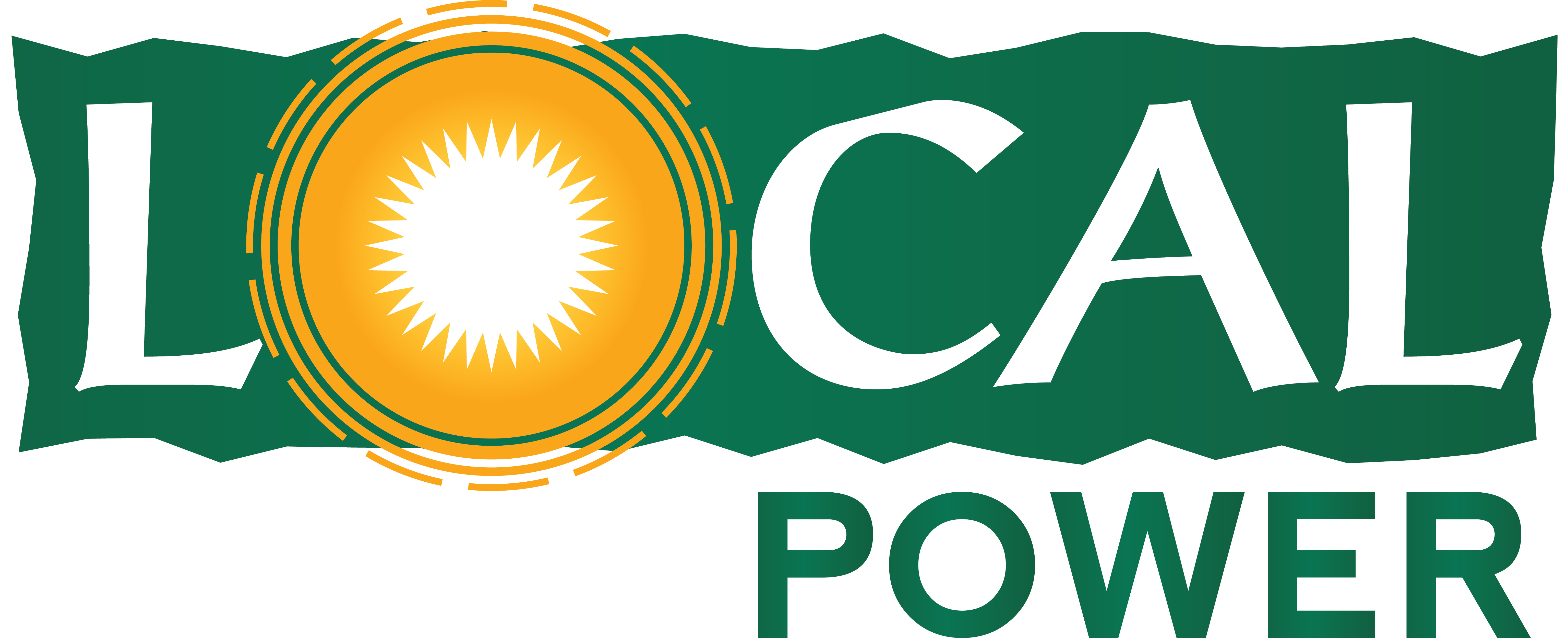Solar photovoltaic (PV) is the process of converting energy from daylight and the sun into electricity. The technology is well proven and dependable and its costs have reduced by over 80% in the past 10 years through a combination of increased efficiency and lower manufacturing and raw material costs. This fact combined with electricity prices trending upwards and various grant supports available makes a Solar PV install a viable option for farm families to help run their homes and/or farm. It is also Government policy to electrify heating and transport going forward and being able to generate your own electricity is going to be
even more valuable.
Solar for farms
The economics for solar PV work best when all of the electricity generated is used on the farm or home. Today Solar PV has become a major source of renewable energy across the world with deployment doubling every year and Solar PV now accounting for over 2% of the world’s electricity generation and expected to grow exponentially in the years ahead. The industry in Ireland is about to take off.
Solar PV electricity generation works very well under Irish conditions and our wet weather helps ensure that the panels are kept clean. The output from Solar PV is very predictable, varying from 900kwh to 1000kwh per year per KwP installed, depending on the part of Ireland and on whether the panels are facing south or east/west. It is not recommended to face panels north unless the roof space is almost flat. Solar panels also work well on flat roof spaces tilted south or east west.
Solar PV generation systems can be remotely monitored and house holders or farms will be able to see the energy generated hourly, daily, yearly etc. and also what they are buying from the grid so educating themselves on their energy usage which is a very positive thing.
Solar PV generates energy in a bell shaped curve between February and November and is very much in line with the electricity demands on dairy farms for example. Not alone that but daily output will vary depending on the way the panels are facing. While historically everyone said to face the panels south the current advice for self-consumption projects is to set them east west if possible for a more even daily generation output . Ideally solar PV systems should be sized so that the output generated at any time is less than the base load
used on the farm.
For example appendix 1 picture is a 100kwp system on a pig farm in the midlands that Local Power ltd installed earlier this year. This will generate about 93,000kwh of daytime electricity per year and all of the energy will be used on the farm and the system will generate about 20% of the farms annual requirements.
Appendix 1:

Appendix 2 on the other hand is a 5kwp solar PV system on a dwelling house. This system is expected to generate approximately 70% of the home’s annual electricity requirements. To ensure that this is used in the house surplus electricity is firstly diverted to heat water, with the balance going to batteries during the day which then discharge at night to meet the homes electricity needs.
On most dairy farms there is a base load of electricity usage of between 2kwh and 6kwh every hour with significant peaks in the morning and evening at milking times. On pig, poultry and dairy farms where there are robots the base loads are higher. The key is to size the system so that all of the electricity is used on the home/farm and to this on dairy farms it may be necessary to divert surplus electricity towards heating water and/or to battery storage or electric vehicle.
Appendix 2:

Solar PV technology
Standard solar PV panels are 1.66mx1m, 280/320w per panel, are glass foil design (cells between a pane of glass and foil laminate underneath) and come with a 10 yr product warranty and a 25 yr performance warranty based on a maximum panel degradation of 0.7%/yr.(ie. Panels reduce their efficiency over time). Most mass produced panels are manufactured in Asia.
However there are alternative European manufactured panels. Two examples are Solarwatt and Peimar. Solarwatt is the only panel on the market manufactured in Germany and comes with the cells sandwiched between two panes of glass and have a 30yr performance and 30yr product warranty based on a maximum annual degradation of 0.345%. These panels are very robust and should always be used on sites where ammonia gasses or salt erosion might be an issue. On a value for money basis these panels also stack up as owners can expect a minimum of 35% extra production over the life of the system. Another is Italian manufactured panel Peimar which comes with a 20yr product and 30yr performance warranty.
In battery storage there are lots of brands and farmers/home owners need to ensure that they buy ones that have the highest safety and efficiency. Again the German manufactured Solarwatt brand scores highest in this regard but are more expensive than the standard battery systems available.
Batteries can also operate AC or DC. What that means is that the battery can be charged DC by surplus solar during the day and once discharged can be recharged on cheaper night rate electricity for discharge in the morning when electricity costs more. Batteries can also act as a power back up in case of outage assuming of course that the battery is charged when the outage occurs.
Recommendations and restrictions
For the average sized farm where the house and farm is run of the one meter they should consider either a 6kwp (single phase) or 11kwp (three phase) installation and work to ensure that all of the electricity generated is used. For homes the ideal system size is probably between 3kwp and 5kwp with the sweet spot at 4kwp plus 5kwh of battery storage where a maximum €3800 grant is available.
The reason for these limits is that there is currently restrictions on the size of system that can be installed without ESB approval and without having to put in G10 protection (stops electricity going to the grid in case of an emergency) which adds significant costs to an install. For pig, poultry and horticultural units the system should be sized so that as much of the base load as possible is provided when solar PV is operating at peak output.
Also currently the area of roof that solar PV can be put on without planning permission is ridiculously low at 12sqm. In the North it is 6000sqm so we would expect that the rules around planning will change shortly. We believe that the planning and ESB limits will be reviewed upwards in the short to medium term. A 6kwp system will take up less than 40sqm with 11kwp taking less than 70sqm and the inverter and battery will require less than 1sqm of wall space in total.
PV solar support and costs
The cost of installing solar PV can vary from €800 to €1600 per KwP installed depending on size of system and technology chosen and paybacks normally between 5 and 7 years depending on energy prices, grant secured and cost of system.
While everyone looks at payback period it is not in itself a fair way of assessing a solar PV install. For example if a person invests €7k net of grant in a solar PV system that saves them €1,000/yr in electricity costs the payback is 7 years the return on his money is almost 15% and he will get that saving increasing as electricity prices increase for the next 25/30 years. You won’t get that in a bank or on the stock market either. Battery storage can cost between €600 and €1200 per kwh installed depending on technology chosen and is only recommended if it’s not possible to use all of the electricity generated during the day.
Farmers can access grants for PV Solar and battery storage in a number of ways.
Most farms are homes as well as farms and the farm is run of a domestic supply and therefore will qualify for the NEW dwelling grant which gives a per KWp grant of €700 up to 4kwp of Solar PV and a €1000 towards battery storage. This should cover between 25% and 40% of the cost of the install and with energy costs rising payback should be in the region of 6/7years once all of the energy is used on site. Homeowners can check eligibility on the SEAI website in minutes. Houses built after 2011 don’t qualify.
Pig, Poultry and Horticultural farms can get a TAMS grant of 40% against the cost of installing PV solar systems. We believe that dairy, tillage and beef farms should also get a TAMS grant for PV solar installations and that the carbon emission reductions accruing set directly against emissions for the sector. Currently farmers can get a grant for various energy saving initiatives through the BEC, better energy community grants run by the SEAI and this normally amounts to 30% of the actual costs and applications are made once per year.
Renewable energy projects on farms also qualify for 100% accelerated capital allowances on the cost net of grant which can be very attractive and in some situations halve the payback period for sole traders on the top rate of tax.
Electricity export potential
There may be an option for putting solar PV on the roof spaces of farm buildings in the future depending on what supports if any the Government provides especially for community type projects which they say they are going to incentivise and support. We will know more on exactly what the Government are proposing in the next few months and we will be lobbying through the Micro Renewable Energy Federation, MREF, to secure a viable option for using farm roof tops for exporting to the grid.
So far a total of 6GW of farm solar PV (30,000 acres) is proposed to be developed across the country and mainly in the east and south of the country. How much of this that will eventually be built depends on many variables including access to grid, grid cost, planning permission, build cost, location scale and so on. For most farmers the risks are very high and solar farms tend to be promoted by specialist developers. Large scale Solar PV like large scale wind etc will be supported through the new RESS, renewable energy support scheme. The full document in relation to RESS can be accessed online.
In summary all projects with planning and grid connections will be able to bid in to provide energy through an auction process. The first auction, scheduled for 2019, is technology neutral and will be for 1000 GW/h which will be filled with 356MW on shore wind, 253MW off shore wind, 1000MW solar or 134MW of biomass. The second auction in 2020 is for 3000GW/hrs and in that auction there will be technology CAPS imposed so logically the likelihood is that solar farms will score better then. Another auction for 3000GW/hrs in 2021, 2023 and 2025. Significantly bid bonds will be required for those participating in the auction process which is aimed at stopping guys speculating. Any project hoping to secure support must have planning and grid
connection.
Currently there is circa 3,500MW of renewable energy generation in Ireland and in the National Development Plan Ireland will need to deliver an additional 4,500MW (onshore wind equivalent) of renewable energy generation by 2030. To date relating to the 2020 targets Ireland has delivered 27% of its 40% target in electricity, 5% of its 10% in transport and 6.8% of its 12% target in heat so lots of potential for the sector going forward if these targets are to be met.

